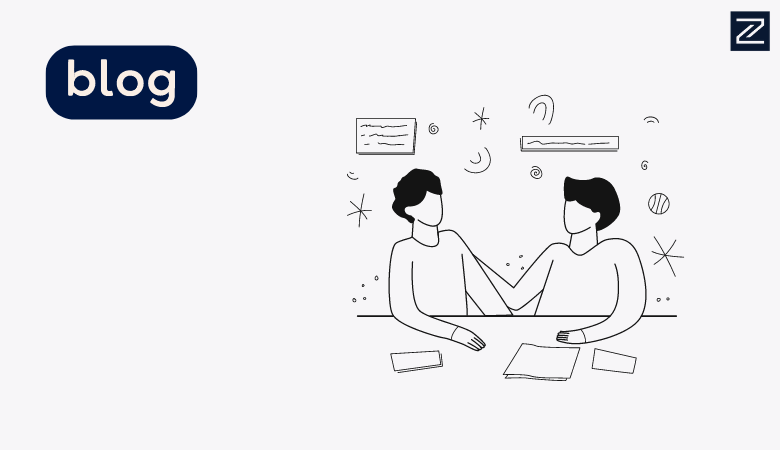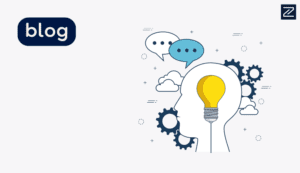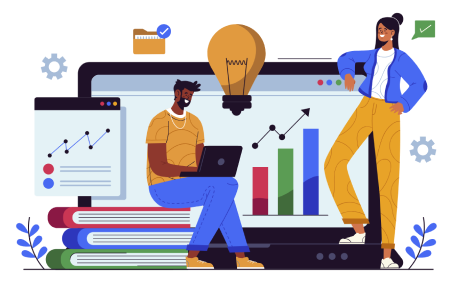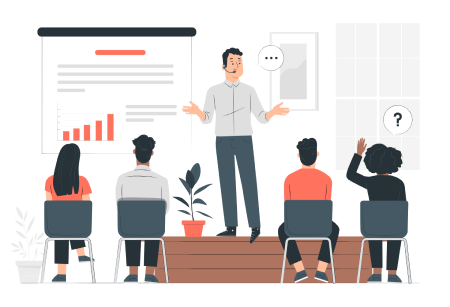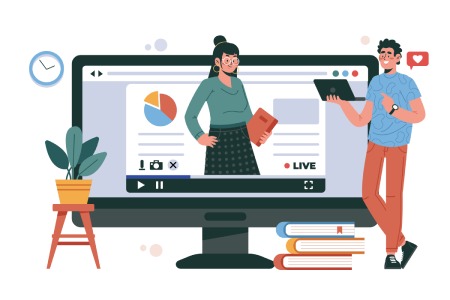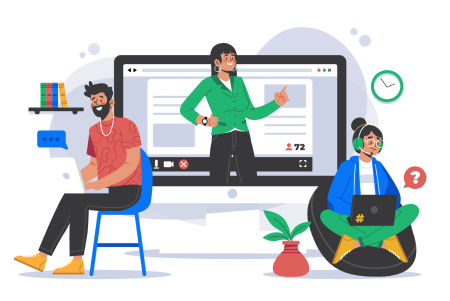Adult Learners learn differently and uniquely. Their learning journey and experience are impacted by many variables, including their previous learnings, beliefs and thoughts. To introduce new information and to create impact, adopting the right learning model and technique is important.
Technically and rightly, “Hippocampal activation” is preliminary for that. It makes ideas, concepts and learnings stick longer and create an impact.
The brain learns best when an experience engages the hippocampus, a region of the brain that’s active when new information is embedded into long-term memory.
As per research and information, the hippocampus activates when four conditions are met: Attention, Generation, Emotion and Spacing. The framework that the NeuroLeadership Institute calls the AGES Model.

The four-part AGES model focuses on the learning journey and experience and retention capacity of learners. AGES enables people to learn quickly and retain that information for the long haul. It is highly effective in both e-learning and traditional classroom teaching.
Backed by decades of research in cognitive science, educational psychology, and emerging neuroscience, this model consists of the following 4 elements:
Attention
Retention and attention go hand-in-hand. For optimal retention, a high attention span is needed. So, the learning programs need to be developed accordingly. The more focused attention is, the better participants remember what they learn.
What this means is that people learn best when they have a single point of focus, placing all their attention on what they’re learning. Attention, in other words, should be focused and undivided.
To make this happen, learning programs should be micro and on point, and hence Zenfide focuses on micro-learning experiences to save time and enable retention.
Generation
Generation is the process of building connections with new ideas. Studies show that people learn best when, instead of listening passively, they take the time to map what they’re learning onto their existing knowledge, connecting new ideas to what they already know.
When you connect new information with your thoughts, experiences and prior knowledge, you create a rich network of associations that enhance recall by linking new information to memories already encoded in the brain.
Experts at Zenfide, keep the learner at the heart of the learning programs. They contextualise and create the right learning moves that fit and click well with the learners.
Emotion
The third element that promotes learning is the presence of emotion. Some of the most emotional moments of our lives seem unforgettable. The reason this happens is that emotional arousal activates the hippocampus and accelerates the formation of new memories — the equivalent of kicking a car into high gear.
Spacing
Learning happens better when it is spaced and timed as per the retention and attention of the learning group. Spacing increases recall, and retention and does not overwhelm the learner. For instance, even spacing within a single learning session — creating two shorter sessions with a break in between — leads to superior recall a week later.
Our learning programs are spaced on the basis of schedules, information and workloads. This not just makes learning simpler but also does not overwhelm the learner.
Zenfide builds programs which are customised and curated as per the requirements of your team and organisation. Start upskilling your team today with the right learning experiences and models.

